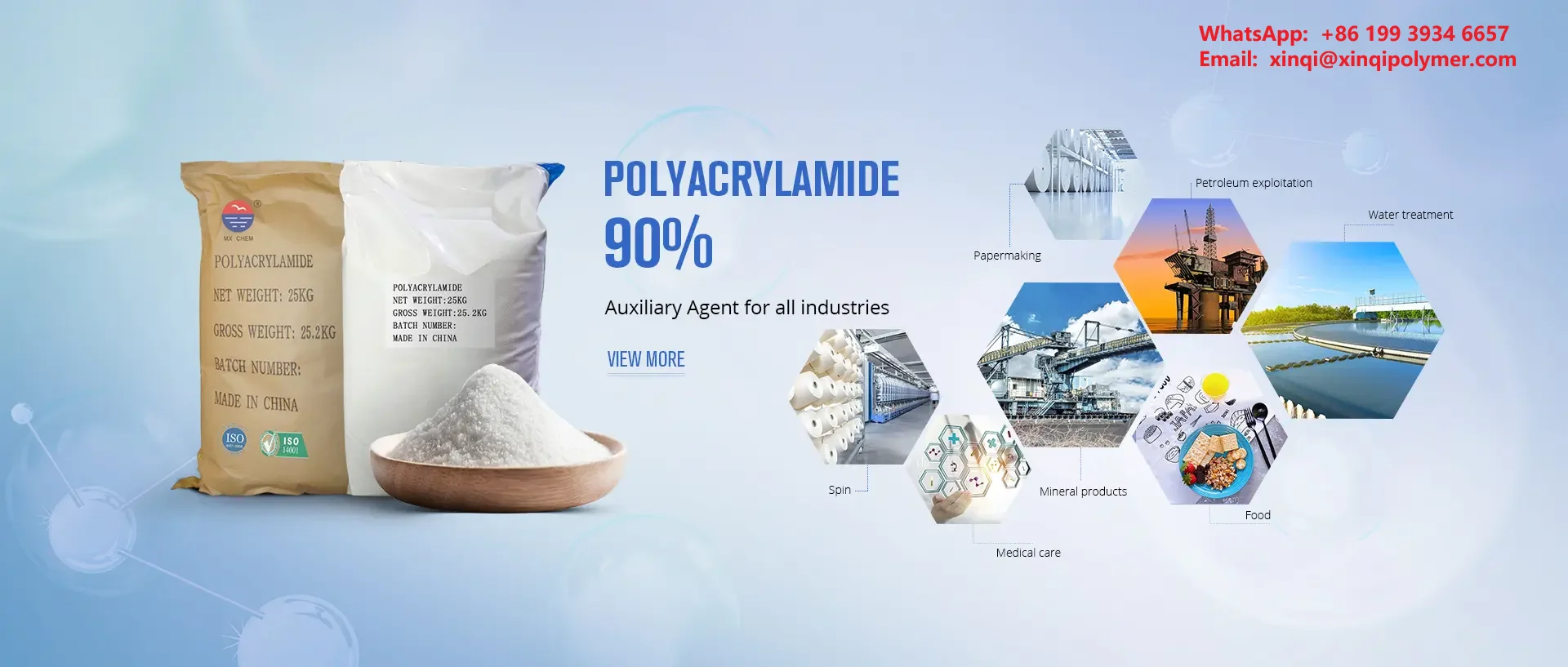what is the difference between flocculated and deflocculated suspension - China Xinqi Polymer Co.,Ltd | flocculant-definition | polyacrylamide (2025)
When it comes to understanding the differences between flocculated and deflocculated suspension, it is important to first understand what a suspension is. A suspension is a heterogeneous mixture in which solid particles are dispersed in a liquid medium. These particles are typically larger than those found in a solution, and they have a tendency to settle over time. To prevent this settling, suspensions often require the addition of stabilizing agents, such as flocculants or deflocculants. Flocculation is a process in which small particles in a suspension are brought together to form larger aggregates, or flocs. This process is commonly used in industries such as wastewater treatment, mining, and paper manufacturing. On the other hand, deflocculation is the process of breaking up these flocs into smaller particles, thus preventing them from settling. One of the main differences between flocculated and deflocculated suspensions is the size and stability of the particles. In a flocculated suspension, the particles are larger and less stable, making them more prone to settling. This can be seen in the formation of a visible sediment at the bottom of a container over time. In contrast, a deflocculated suspension has smaller and more stable particles, resulting in a more homogeneous mixture that does not settle as easily. Another difference between these two types of suspensions is their behavior under external forces. Flocculated suspensions are more susceptible to external forces, such as shear or centrifugal forces, which can cause the flocs to break apart and settle. This is why flocculants are often used in industries where the suspension is subjected to these types of forces. Deflocculated suspensions, on the other hand, are more resistant to external forces, making them more suitable for applications where stability is crucial. In terms of appearance, flocculated suspensions may appear cloudy or hazy due to the presence of larger particles, while deflocculated suspensions tend to have a clearer appearance. This is because the smaller particles in a deflocculated suspension do not scatter light as much as larger particles do in a flocculated suspension. The choice between using a flocculant or a deflocculant is dependent on the desired properties of the suspension. For example, in the production of paper, a flocculant may be used to help remove impurities and improve drainage, while a deflocculant may be added to improve the strength and printability of the paper. In conclusion, the main difference between flocculated and deflocculated suspensions lies in the size and stability of the particles. Flocculated suspensions have larger and less stable particles, while deflocculated suspensions have smaller and more stable particles. The choice between these two types of suspensions depends on the specific needs and requirements of the application at hand. Understanding the differences between these two types of suspensions can help in choosing the most suitable one for a specific purpose.
